Cretaceous-Paleogene (K-Pg) Extinction Event
The Cretaceous-Paleogene (K-Pg) extinction event, also known as the Cretaceous-Tertiary (K-T) extinction event, was a mass extinction that occurred approximately 66 million years ago. This event is famous for the extinction of the dinosaurs, as well as numerous other plant and animal species.
Cause of the K-Pg Extinction Event
The most widely accepted theory for the cause of the K-Pg extinction event is the impact hypothesis, which suggests that a large asteroid or comet collided with Earth, leading to catastrophic environmental changes. This impact would have released vast amounts of dust and particles into the atmosphere, blocking sunlight and causing a global cooling effect. The resulting environmental disruptions, including wildfires and acid rain, likely contributed to the mass extinction.
Effects on Life
The K-Pg extinction event had a profound impact on the Earth's ecosystems. Approximately 75% of all species, including dinosaurs, marine reptiles, and many plant species, became extinct. The abrupt loss of these dominant organisms allowed for the rapid diversification of surviving species, leading to the rise of mammals and birds as the dominant land vertebrates.
Study Guide
- Describe the impact hypothesis and its role in the K-Pg extinction event.
- Discuss the major effects of the K-Pg extinction event on terrestrial and marine ecosystems.
- Explain the significance of the K-Pg extinction event in the evolutionary history of life on Earth.
- Compare and contrast the K-Pg extinction event with other major extinction events in Earth's history.
◂Science Worksheets and Study Guides Seventh Grade. Our Solar System

 Activity Lesson
Activity Lesson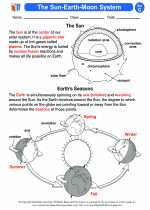
 Activity Lesson
Activity Lesson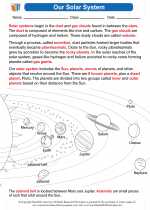
 Worksheet/Answer key
Worksheet/Answer key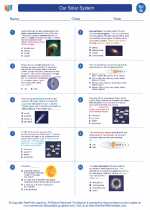
 Worksheet/Answer key
Worksheet/Answer key
 Worksheet/Answer key
Worksheet/Answer key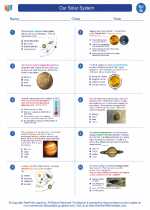
 Worksheet/Answer key
Worksheet/Answer key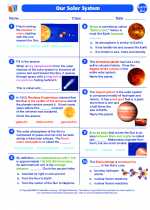
 Vocabulary/Answer key
Vocabulary/Answer key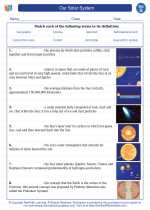
 Vocabulary/Answer key
Vocabulary/Answer key
 Vocabulary/Answer key
Vocabulary/Answer key
